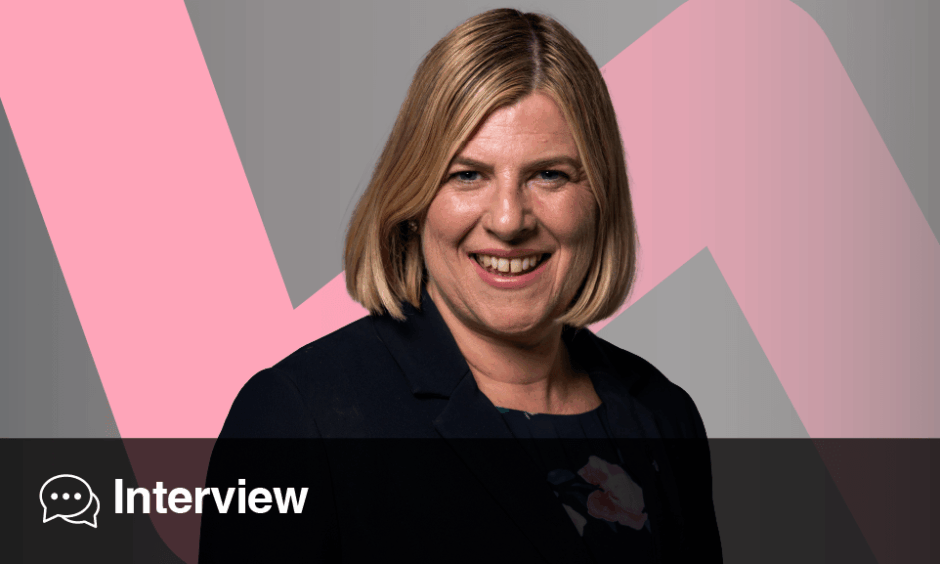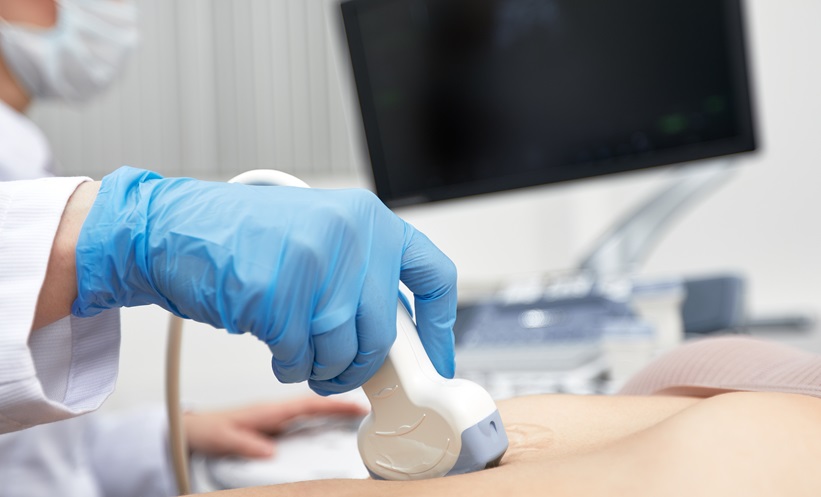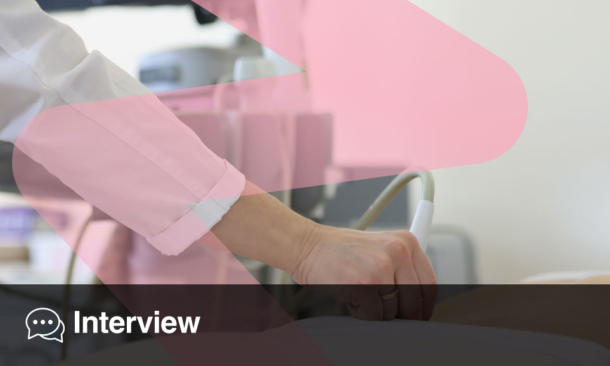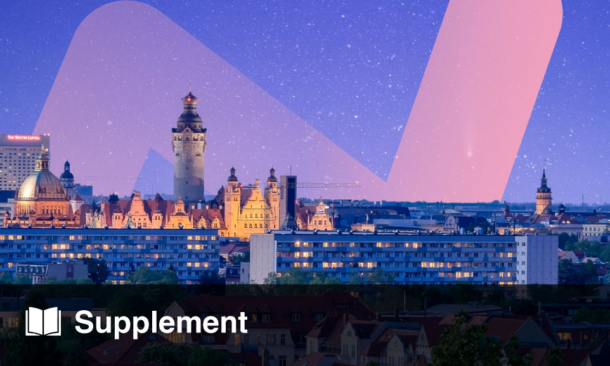Debbie Shawcross | Vice-Secretary, European Association for the Study of the Liver (EASL); Professor of Hepatology and Chronic Liver Failure, King’s College London, UK; Clinician–Scientist, King’s College Hospital NHS Foundation Trust, London, UK.
Citation: EMJ Hepatol. 2025;13[1]:62-65. https://doi.org/10.33590/emjhepatol/VKDA6949
![]()
As Vice-Secretary of the European Association for the Study of the Liver (EASL) 2025, how did you collaborate with the Secretary General and other leadership members in shaping the scientific direction of this year’s EASL Congress?
It always takes a village to organise an event the size of the EASL Congress. We had close to 8,000 registrants, so it was a huge undertaking. As part of the structure of the EASL board, the Vice Secretary General holds the position for 2 years, and then transitions to the role of Secretary General. As Vice Secretary General, you work closely with the Scientific Committee, the Education Committee, and the entire Governing Board to help in the development of the scientific programme.
The bottom line is, it’s a massive team effort to deliver the scientific and educational sessions, and to put on the variety of activities and symposia that we did. We can’t do these things without working together, and I am very proud to be a part of that team.
What were your primary goals going into the EASL Congress 2025?
I think of EASL as the home of hepatology; the beating heart of hepatology. When EASL was set up in 1966, it was very much a European organisation, with quite a small remit (70 attendees). However, we’re now a global organisation, with more than 7,000 members across 128 countries.
The aims and objectives of the Congress were to bring that community together in a global marketplace in Amsterdam, to exchange ideas and knowledge, and to further the agenda of improving patient care, not just in Europe, but across the globe. I hope that we were able to achieve that
Another point I should mention is that one of our growing aims is to work in public health and advocacy within hepatology. A large part of the opening ceremony was dedicated to discussing the harmful effects of alcohol. There was a very eminent panel on stage, including WHO representatives and the ex-Estonian Health Minister, among others.
Ultimately, we wanted to use the Congress as an opportunity to advance the work we’re doing to raise awareness, not only of liver disease worldwide, but also of the harmful effects of alcohol.
The microbiome-focused session you chaired drew attention to emerging therapeutic pathways. How did the research presented reflect the evolving understanding of the gut–liver axis, and what future directions were proposed?
I think the gut microbiome has been a very underappreciated area that drives the development of liver disease and its outcomes. We’re becoming more familiar with, and aware of, how changes in the gut microbiome, which can be influenced by what you eat as much as anything else, are a huge driving force behind liver disease and its complications.
The aim of the symposium was to raise awareness of the gut microbiome’s involvement in the early development and progression of liver disease. Some of the topics we covered included changes in the gut microbiome in patients who are obese and have steatotic or fatty liver disease, which was particularly important.
We also addressed how gut bacteria themselves can produce alcohol as a byproduct. Thus, even if you completely abstain from drinking alcohol, your gut microbiome may produce alcohol that you then absorb. There was a fascinating talk by Abraham Stijn Meijnikman, Amsterdam University Medical Center, the Netherlands, who highlighted that some species of gut microbiota can produce enough alcohol to push you over the legal driving limit.
Bernd Schnabl, Department of Medicine, University of California San Diego, La Jolla, USA; Department of Medicine, VA San Diego Healthcare System, California, USA, spoke about some of the novel methods that researchers are working on to manipulate the gut microbiome, potentially offering new treatments and therapies for patients with liver disease. I finished the session by discussing the role of faecal microbiota transplantation, often nicknamed ‘poop transplantation’, as a mechanism to improve outcomes in people with liver disease. These patients are particularly vulnerable to infections, and we’re starting to understand that this procedure may help improve immune function and reduce the risk of infection.
Interest in the gut microbiome really began around 15 years ago when researchers started to describe it as an entity. The gut microbiome was fully sequenced, and people began thinking of it as almost a second genome, since there are as many genes in the gut microbiome influencing the body as there are our own genes.
There has been so much work in this area that we now understand that the gut microbiome is involved in many chronic diseases. It’s not just liver disease, but also obesity, diabetes, Parkinson’s, Alzheimer’s, autoimmunity, and more. It’s a huge and rapidly developing field.
EASL Congress 2025 showcased significant work on cirrhosis-related complications. Which presentations or posters did you find particularly interesting, or aligned with your own clinical and research interests?
Cirrhosis is always a popular topic, understandably so, as it represents the end-stage process of liver disease and is something we are trying to prevent our patients from developing. Unfortunately, when they present for the first time, around 70% of patients already have cirrhosis, particularly decompensated cirrhosis. Therefore, it’s a hugely important area, and I think it attracts more interest from attendees than any other session.
One of the most interesting areas that we are currently exploring, and one that I was involved in moderating a studio session on, is the concept of recompensation. By that, I mean exploring ways in which we could reverse the disease process. Cirrhosis is the final stage of liver disease, and once it progresses to end-stage liver failure, the only option that is currently available is liver transplantation. It isn’t ideal for patients, and it’s a limited resource that isn’t available in every country.
As a result, one key focus is on therapies that could potentially bring patients back to a ‘recompensated’ state, effectively reversing some of the damage and improving liver function. Some of the most exciting talks, posters, and discussions centred on this concept. If successful, it could make a huge difference in managing these patients and reduce the need for liver transplantation. While I’m not sure we’re there yet, it would certainly be a wonderful advancement.
Last year, during the opening ceremony, you advocated for the global recognition of steatotic liver disease (SLD). How did this year’s congress continue the conversation around SLD and global health policy?
At the moment, the topic on everyone’s radar is the United Nations’ review of the non-communicable diseases (NCD) agenda this September, where they will consider whether or not additional conditions will be included. Frustratingly for all of us, as I mentioned in last year’s opening ceremony, chronic liver disease is not currently recognised as an NCD. Neither is obesity, which is quite surprising.
What we have all been working towards is gaining recognition of chronic liver disease, particularly SLD, as an NCD. SLD is closely linked to the wider metabolic syndrome; many patients who develop complications such as heart disease, stroke, diabetes, or obesity also have SLD. Unfortunately, it has often been dismissed as a ‘bystander’ condition, and something that people ‘just get’; it isn’t considered important.
What we managed to achieve this year was to raise awareness of SLD’s significance. It is a driver of clinical outcomes and needs to be recognised globally. In particular, our focus on the harms of alcohol during the congress was an important step forward.
Whether liver disease will be officially recognised as an NCD in 2025 remains uncertain. This is likely to be a long-term effort that will require continuous work over the next 5 years or more, but we’re making small steps.
Looking back at EASL Congress 2025, what were some of the standout moments or highlights for you personally, in terms of scientific breakthroughs, impactful discussions, or the overall atmosphere of the congress?
It’s difficult to single out just one thing, but I think the obvious highlight was the queues outside the Congress centre, where the general public came to have their livers checked. To see people sleeping overnight in sleeping bags just to be at the front of the queue to get their livers scanned and tested for hepatitis C was, for me, a very sobering sight.
What this demonstrated is that liver disease is very much on everyone’s agenda, and that was a huge victory in terms of public awareness. I’m not sure exactly how many people were scanned in total, but it must have been in the thousands. By the end of the week, whether we identified 10, 50, or 100 cases of liver disease within that population, we would have made a significant impact.
That was, in my opinion, one of the most powerful achievements of the Congress. We had several exciting scientific and educational sessions, but this outreach probably made the biggest immediate difference overall.
It was a very special moment. We have done similar activities at previous congresses; it started in London in 2022 on a much smaller scale, with just a small FibroScan® (HCA Healthcare UK) station where we scanned maybe 200 people. Seeing it grow into what it became in Amsterdam, where we tested 845 people, was truly remarkable.
Looking to EASL 2026 and your upcoming transition to Secretary General, what aspirations do you hold for further enhancing the congress?
We have a lot of plans. First and foremost, I’m very excited because I’m EASL’s first female Secretary General. When EASL was founded in 1966 in Germany, there were around 70 delegates at the first meeting: 68 men, and only two women. I’m not even certain those women were even hepatologists.
Fast forward to 2025, and over 50% of the participants were women, as were 50% of the faculty. Being the first female Secretary General feels very special. It’s important to me that EASL becomes truly inclusive. It should be a place where hepatology embraces everyone around the world and offers a level playing field for the advancement of liver disease research and care. That is my number one priority.
Next year, when the Congress is held in Barcelona, the focus will be on developing that inclusive environment and bringing everyone together to push the field forward. We’ll have many diverse sessions aimed, much like this year, at continuing this vital work.








